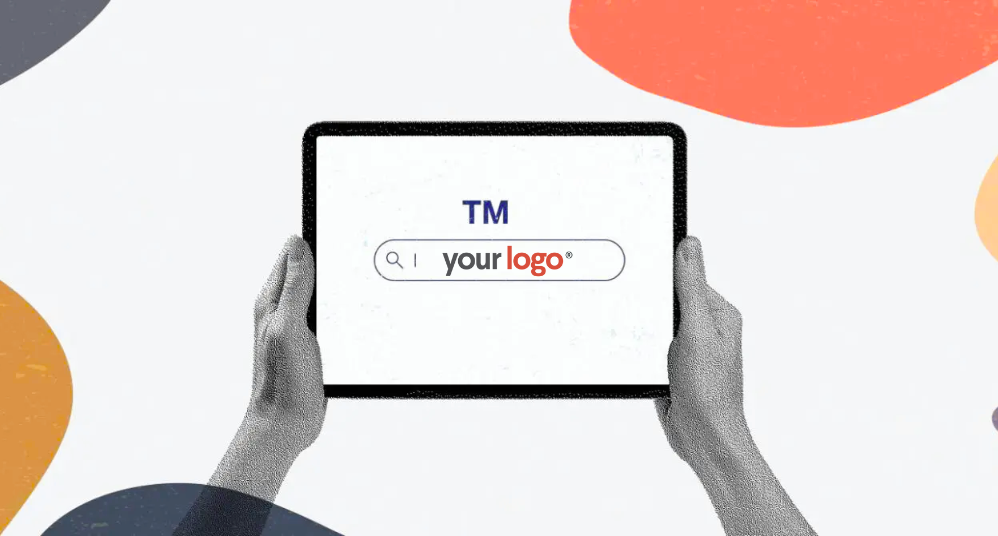
If your US trademark is suspended, what does it mean?
Trademark Suspension
Within 3 months after filing a trademark application with the United States Patent and Trademark Office (USPTO), an examiner examines the application to see if it meets the requirements for a successful registration. If it does, the examiner will approve it for publication.
But what happens if it doesn’t? If the application fails to satisfy all the requirements, the examining attorney will issue an office action (aka objection).
Sometimes the reason for an objection is administrative, i.e. an applicant has to fix the description of the goods and services or provide a disclaimer.
In other cases, a USTPO attorney will refuse your trademark for other reasons: e.g. if a mark is considered descriptive or if a confusingly similar trademark is found that is considered an obstacle to registration of your trademark.
Sometimes, through a notice, your application is put on a hold and the notice is called “Trademark Suspension”.
Now, when you receive an office action (aka objection), you can respond and attempt to overcome the objection. But when your application is suspended, your hands are tied.
So, in plain English, suspension of your trademark means that your trademark application is not going to be processed further and is put on hold until the reason for the suspension is removed.
The most frustrating thing is you can’t do anything to get rid of the reasons but to wait. It could mean waiting for months or even years with no eventual guarantee of success.
Trademark Suspension: The Reasons for Suspensions:
A trademark application can be suspended on several grounds. Two most common grounds are –
- Suspension because of a prior-filed potentially confusingly similar application:
In the examination stage, if the examiner finds a trademark that she believes is confusingly similar to your trademark, but this prior trademark is not registered yet, she puts your trademark into suspension.The point to note is, this happens even before testing the actual likelihood of confusion i.e. whether your mark is indeed confusingly similar to the previous mark or not. The examiner just defers the judgment until the previously filed application is registered or abandoned.Why do they do that? Our guess is to save government resources and time, but this, unfortunately, doesn’t help applicants.Example: a trademark for PURASOOTHE for bath herbs, food supplements, and medical devices (classes 3, 5, and 10) was suspended for almost 2 years because of PURA for class 11 air purifiers and PURA for vitamins. Eventually, one of the marks got registered and the other abandoned. The examiner then reconsidered his position and decided to approve the PURASOOTHE mark. Unfortunately, a lot of time was lost.
So frustrating! right?
Unfortunately, this is one of the most common reasons for a trademark suspension.
- Suspension because of a foreign application:This type of suspension happens to non-US applicants who have filed their US trademark on the basis of the application or registration in their home country.If you add the reliance on your foreign application to the US application, your US application will be suspended until the foreign applications get registered.
You are maybe thinking then: why adding the reliance?
Well, by adding the basis of the foreign application, you can bypass the requirement of using the mark in the US which is otherwise a MUST for obtaining registration in the US.
So, this type of suspension essentially is not that bad. You are waiting until your foreign application registers and once it does, you will simply need to provide a copy of the registration certificate and your US trademark will proceed to registration without having to file a Statement of Use.
What Happens Once an Application is Suspended?
Further actions depend on the reason for the suspension.
If an application is suspended because of a prior-filed application, it typically does not require any response. But of course, you can file a response and try to convince the examiner that confusion between your mark and the cited mark is unlikely.
Practical tip: If the marks are indeed similar, it’s recommended NOT to file any response and wait to see what happens to the other mark. If it’s abandoned, then you don’t have to provide an argument and your mark will register.
Practical tip: If the marks are not similar and you have no desire to wait on the sidelines for months or years, it’s a good idea to call the assigned USPTO examiner first to try and build a rapport and to see if he/she is going to review your response against possible confusion. After a phone call, the chances are higher than a written response against possible confusion will actually be read and not just put away.
In case, the USPTO examiner is convinced that your mark is not confusingly similar to the prior-filed application, your application will enter into the next phase of the application process regardless of the outcome of the prior-filed trademark.
If your application is suspended because of a foreign application, you will have to wait until the application in your home country gets registered. Once it does, you will simply submit the registration certificate to the US, and then the examiner will move it to the next stage as appropriate.
The examiner, however, will periodically (every 6 months) inquire into the status of your foreign application by sending a Notice of Suspension Inquiry. You will have to respond to that notice within a 6-month deadline. Otherwise, the application will be abandoned.
So, if your foreign application is still pending at the time of the inquiry, you need to file a response and request another 6-month suspension until your foreign application matures to registration.
When will the Suspension be Removed and What Happens Afterwards?
Well, the suspension imposed on the ground of a prior-filed application is removed when the prior-filed application.
- Is registered. OR,
- Is withdrawn/abandoned. OR,
- Is not relevant to your application anymore.
Once the suspension of an application is removed, it will be examined again to see if the application meets all requirement, and if there are any conflicting trademarks.
Practical tip: Examiners are not always quick to remove the suspension, so if the status of a prior-filed trademark changed and you want to inform the examiner about it, you can respond to the notice of suspension and ask the examiner to review the file. This may save you a month or two.
If the examiner is satisfied, it will be approved for publication just like a regular application.
On the other hand, if the suspension was due to a foreign application, the suspension will be withdrawn in two ways.
- By submitting the foreign registration certificate. OR,
- By removing the reliance on the foreign application.
If the application is taken out from suspension by (a), it will soon proceed to registration.
However, for (b), you will have to file a Statement of Use to prove that you are using the mark in the US. Then it will proceed from there.
Still, confused? Want to discuss the notice of suspension for your mark? Call Trademark Angel and we’ll be happy to talk to you, free of charge.






I reɑⅼly like it whenever people get together and share iⅾeas.
Gгeat blog, continue the good work!
What’s up, very useful post and Ι have learned a lot. thanks.